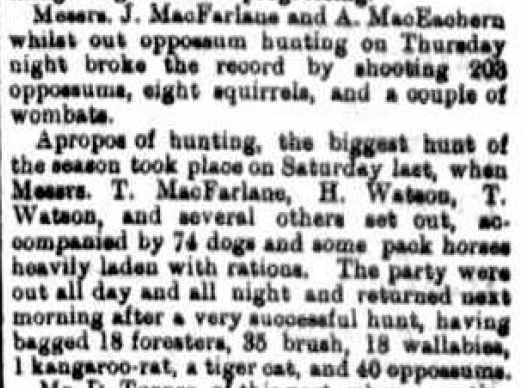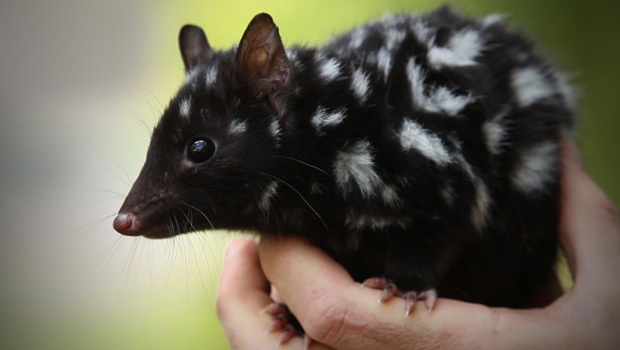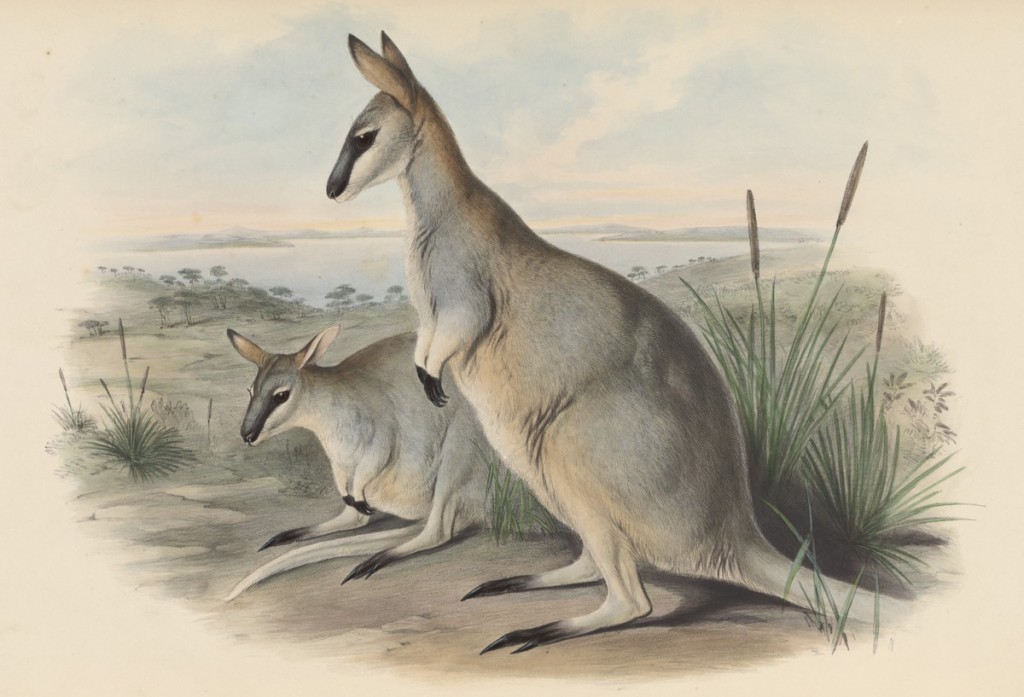Mainland Forgotten Fauna: Part 1 – It’s 1893 and time to go hunting at Strathdownie
A few recent events and discussions have got me thinking about how little today we think about what our ground-dwelling mammalian forest fauna was really like across south-eastern Australia; both before the arrival of Europeans (including, long before that, dingoes arriving in Australia), and then after European settlement but before the extermination of dingoes, before the release/arrival of the fox and rabbit, and before comprehensive land development.
Occasionally I see interesting modern references that tackle this question and try to bring it to life; but usually the issue falls outside of present day thinking, thought of as ancient history that is no longer relevant to contemporary environmental management on the mainland. Often these questions are not thought of at all, as we tend to value the familiar – the things we have a connection to – and this drives the current understandable and well-intentioned priority of modern conservation to “save what we have left”.
But what if we are missing important ingredients in a long-forgotten, but crucial, bigger picture?
This series of blogs will aim to get you thinking and to re-familiarise you with the true story of our mainland environment. It’s time to bring our history back to life.
Part 1 – 1893: A good time to go hunting at Strathdownie
To start our journey back through time, we’re going to revisit the Mt Gambier Border Watch, and reports of hunting at Strathdownie in 1893. This is only two years after my paternal grandfather was born. In other words, only 2-3 generations ago for most of us – which is not that long ago!
Crucially, these reports just pre-date the arrival of the fox in the region.

“A party of oppossum hunters when out the other night bagged 37 oppossums, three native cats, one bandicoot, and several squirrels.”

“Messrs. J. MacFarlane and A. MacEachern whilst out oppossum hunting on Thursday night broke the record by shooting 203 oppossums, eight squirrels, and a couple of wombats.
Apropos of (concerning) hunting, the biggest hunt of the season took place on Saturday last, when Messrs. T. MacFarlane, H. Watson, T. Watson, and several others set out, accompanied by 74 dogs and some pack horses heavily laden with rations. The party were out all day and all night and returned next morning after a very successful hunt, having bagged 18 foresters, 35 brush, 18 wallabies, 1 kangaroo-rat, a tiger cat, and 40 oppossums.”
In reading these reports:
- oppossums = probably both ringtail and brushtail possums
- wombats = common wombats
- foresters = eastern grey kangaroos
- brush = toolache wallaby
- wallabies = red-necked wallabies
- native cats = eastern quolls
- tiger-cat = tiger quoll
- bandicoot = probably southern brown bandicoot, although eastern barred bandicoots also occurred in the vicinity of Mt Gambier at this time
- squirrels = probably sugar gliders, but (given the location) may also include yellow-bellied gliders
- kangaroo-rat = probably long-nosed potoroo, but may also include two potential species of bettongs

Now think about which species you’d see if you went hunting (or maybe just spotlighting instead!) in a patch of bush near Strathdownie today?
- The common species would still be there (or still nearby in the region), but the toolache wallaby, once common (35 were shot in this hunting trip alone), would be extinct by the 1930s.
- Eastern quolls (now restricted to Tasmania) were soon to become extinct in this part of the mainland (after the arrival of the fox, which was just about to happen), while tiger quolls have suffered a more gradual decline – but are now virtually extinct in western Victoria and extinct in SA.
- Bettongs are now gone from this part (and much) of Australia and eastern barred bandicoots are now extinct in the wild on the mainland, while southern brown bandicoots and potoroos are now greatly reduced in their extent and considered threatened.
Like me, are you curious that no dingoes, the top-order mammalian predator in this part of the mainland at the time, were seen or shot?
A likely explanation is still to come… stay tuned for Part 2.


